Home>Garden Essentials>How Does The Reproduction Of Seedless Plants Differ From That Of Seed Plants
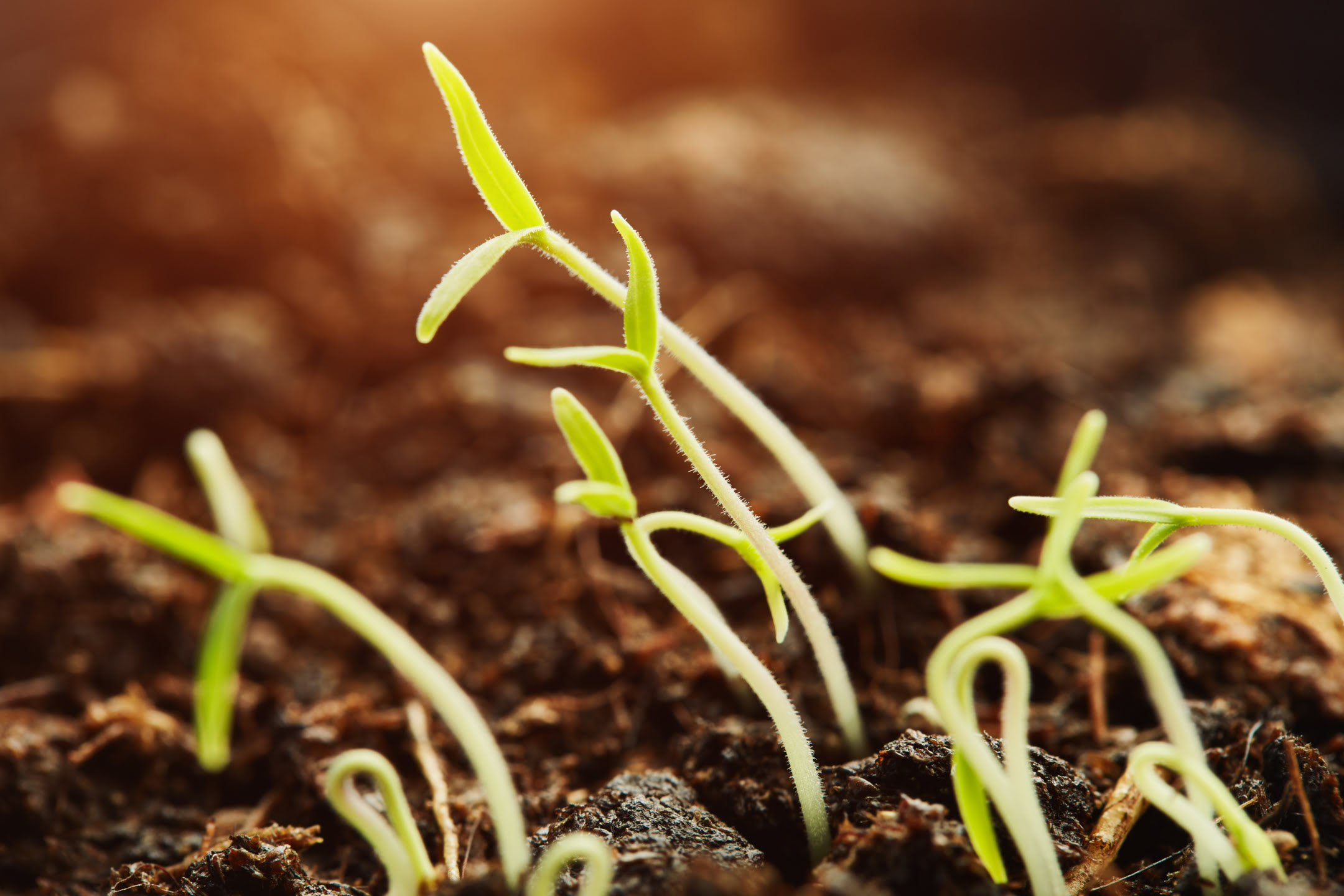

Garden Essentials
How Does The Reproduction Of Seedless Plants Differ From That Of Seed Plants
Modified: August 17, 2024
Learn about the distinct methods of reproduction in seedless plants and seed plants, and how they relate to gardening.
(Many of the links in this article redirect to a specific reviewed product. Your purchase of these products through affiliate links helps to generate commission for Storables.com, at no extra cost. Learn more)
Introduction
Welcome to the world of plants, where life and growth are abundant. In the botanical kingdom, plants reproduce in various fascinating ways. One intriguing aspect of plant reproduction is the difference between seedless plants and seed plants. While both types of plants play a crucial role in our ecosystems, they have distinct mechanisms for reproduction.
Seedless plants, as the name suggests, do not produce seeds as a means of reproduction. Instead, they rely on alternative methods such as spores or vegetative propagation. On the other hand, seed plants have evolved to produce seeds, which are essential for their reproductive success.
In this article, we will delve into the intricate worlds of seedless plants and seed plants, exploring the unique ways in which they reproduce and the significance of these differences in the plant kingdom.
Key Takeaways:
- Seedless plants reproduce using spores and vegetative propagation, while seed plants rely on seeds for reproduction. Seed plants have a more efficient system, but both types of plants play important roles in ecosystems.
- Seedless plants lack seeds and well-developed vascular tissues, relying on external factors for reproduction. Seed plants have evolved seeds and a robust vascular system, enhancing their reproductive efficiency and success.
Read more: How Does A Plant Grow From A Seed
Definition of Seedless Plants
Seedless plants, also known as non-vascular plants or cryptogams, are a diverse group of plants that do not produce seeds as a part of their reproductive cycle. Instead, they rely on other means of propagation, such as spores or vegetative reproduction. Unlike seed plants, which have well-developed vascular tissues to transport water and nutrients, seedless plants lack this specialized system.
There are several types of seedless plants, including mosses, liverworts, and ferns. These plants can be found in a variety of habitats, from damp forests and bogs to rocky crevices and even deserts. Despite their lack of seeds, seedless plants have managed to thrive in diverse environments across the globe.
One defining characteristic of seedless plants is their reliance on spore production for reproduction. Spores are tiny, single-celled structures that are capable of giving rise to new plants. In mosses, for example, these spores are produced in capsules called sporangia, which are located on the stalks of the plant. When conditions are favorable, the sporangia release spores into the environment where they can germinate and develop into new, independent individuals.
Another method of reproduction in seedless plants is vegetative propagation. This occurs when a new plant is created from a fragment or specialized structure of the parent plant, such as a rhizome or stolon. Through this process, seedless plants can spread and colonize new areas without the need for seeds.
Seedless plants play important roles in ecosystems. They contribute to soil formation, provide habitats for organisms, and participate in nutrient cycling. Additionally, many seedless plants exhibit unique adaptations, such as the ability to withstand harsh conditions or thrive in low-light environments.
Overall, seedless plants showcase a remarkable diversity of reproductive strategies, highlighting the ingenuity and adaptability of the plant kingdom.
Definition of Seed Plants
Seed plants, also known as vascular plants or spermatophytes, are a dominant and diverse group of plants that have evolved a specialized reproductive structure called a seed. Seeds are crucial for the reproduction and dispersal of seed plants, and they provide a range of advantages over other methods of reproduction.
One key characteristic that sets seed plants apart from seedless plants is their well-developed vascular system, which consists of xylem and phloem tissues. These tissues allow for the efficient transport of water, nutrients, and sugars throughout the plant, enabling seed plants to grow larger and more complex than their seedless counterparts.
Seed plants are further classified into two main groups: gymnosperms and angiosperms.
Gymnosperms, which include conifers, cycads, and Ginkgo biloba, have “naked” seeds that are not enclosed within a protective fruit. Instead, these seeds are typically found on the scales of cones or in specialized structures like the fleshy arils of yews. Gymnosperms have adaptations that allow them to thrive in various environments, including cold and dry conditions.
Angiosperms, also known as flowering plants, are the most diverse group of plants on Earth. Unlike gymnosperms, angiosperms produce seeds enclosed within a protective structure called a fruit. Fruits not only protect the seeds but also aid in their dispersal through various mechanisms, such as animal consumption or wind dispersal. Angiosperms have evolved complex reproductive structures, including flowers, which attract pollinators for the transfer of pollen between male and female reproductive organs.
The development of seeds in seed plants is a remarkable adaptation. Within each seed, the embryo is surrounded by a protective seed coat. This coat provides protection against harsh conditions and serves as a barrier to microorganisms and predators. Seeds also contain a supply of nutrients, stored in structures known as endosperms, which nourish the developing embryo during germination.
Seeds have many advantages over other methods of propagation. They can be dispersed over long distances, allowing seed plants to colonize new areas. Seeds also provide a protective environment for the embryo, increasing the chances of successful germination. Furthermore, seeds can remain dormant for extended periods, allowing plants to survive unfavorable conditions until the arrival of more favorable environments for growth.
Seed plants have shaped the landscape of our planet, dominating terrestrial ecosystems and contributing to the diversity of life. They have provided food, shelter, medicine, and countless other resources essential for humans and other organisms.
In summary, seed plants are a remarkable group of plants that have evolved a specialized reproductive structure, the seed. This adaptation has enabled seed plants to thrive and dominate the plant kingdom, showcasing a remarkable diversity of forms, functions, and reproductive strategies.
Reproduction in Seedless Plants
Seedless plants employ various methods of reproduction that differ from the seed plants’ reliance on seeds. Let’s explore the fascinating world of seedless plant reproduction.
One common method of reproduction in seedless plants is through the production and dispersal of spores. Spores are reproductive structures that are capable of developing into new plants under favorable conditions. These spores are produced in specialized structures called sporangia, which are typically located on the surface or underside of the fern fronds or moss plants.
When conditions are conducive, the sporangia release spores into the environment. These spores are then dispersed by various means, such as wind, water, or even on the fur of animals. Upon landing in a suitable location, the spore germinates and develops into a new plant, starting the life cycle anew.
Another method of reproduction in seedless plants is through vegetative propagation. This process involves the production of new individuals from vegetative structures such as rhizomes, stolons, or specialized vegetative buds. For example, in ferns, underground rhizomes spread horizontally and give rise to new fronds, while in mosses, specialized structures called gemmae cups produce tiny gemmae that can grow into new moss plants when detached.
Some seedless plants can also reproduce asexually through fragmentation. This occurs when a fragment of the parent plant, such as a broken branch or stem, develops roots and eventually grows into a new, independent plant. This form of reproduction enables seedless plants to colonize new areas and expand their populations.
Seedless plants often exhibit impressive adaptability, allowing them to survive in various environments. For example, mosses can tolerate extreme temperatures and drought by entering a state of desiccation tolerance. This unique trait enables them to dry out completely and resume growth when favorable conditions return.
Reproduction in seedless plants is more reliant on external factors such as environmental conditions and dispersal mechanisms for successful reproduction. While they lack the evolutionary advantage of seeds, seedless plants have managed to thrive and contribute to the biodiversity of our ecosystems.
In summary, seedless plants utilize spore production, vegetative propagation, and occasionally fragmentation to reproduce. Their unique reproductive strategies highlight the resilience and adaptability of these fascinating plant species.
Seedless plants reproduce through spores, while seed plants reproduce through seeds. Spores are single-celled reproductive units, while seeds contain an embryo and nutrients for the new plant.
Reproduction in Seed Plants
Seed plants have evolved a highly efficient and successful method of reproduction through the production and dispersal of seeds. Let’s delve into the intricate process of reproduction in seed plants.
The reproductive organs of seed plants are located within flowers, which are often beautiful and remarkably diverse in shape, color, and scent. Flowers are responsible for attracting pollinators, such as insects, birds, or bats, to facilitate the transfer of pollen from the male reproductive structures, called stamens, to the female reproductive structures, called pistils.
Within a flower, the male stamens produce pollen grains, which contain the male gametes (sperm cells). These pollen grains are transported to the receptive surface of the pistil, known as the stigma, through various means, including wind, insects, birds, or other animals. Once the pollen grains reach the stigma, they germinate and produce pollen tubes that penetrate the pistil, ultimately reaching the ovary.
Within the ovary, the female gametes (egg cells) are located. The pollen tubes deliver the sperm cells to the egg cells, allowing fertilization to occur. This fertilization process results in the formation of a zygote, which develops into an embryonic plant within the ovule, located within the ovary.
As the embryo develops, the ovule undergoes a transformation and matures into a seed. The seed consists of several important components, including the embryo itself, a protective seed coat, and a nutrient-rich endosperm or seed tissue. The endosperm provides nourishment to the developing embryo, ensuring its survival and growth during germination.
Once the seed is fully developed, it is dispersed from the parent plant. Dispersal mechanisms vary among seed plants, with methods like wind dispersal, animal consumption and subsequent excretion, or attachment to fur or feathers. This dispersal allows seeds to reach new locations and optimize their chances of germination and survival.
Under favorable conditions, the seed germinates, and the embryo resumes its growth. It develops into a new individual plant, equipped with its own roots, stems, and leaves. The life cycle of the seed plant then carries on, continuing the process of reproduction and ensuring the survival and propagation of the species.
The production of seeds provides numerous advantages for seed plants. Seeds offer protection to the developing embryo, allowing it to survive in potentially harsh conditions. They also provide a means of dispersal, determining the plant’s ability to colonize new habitats and expand its range.
Reproduction in seed plants is a complex and highly evolved process, demonstrating the remarkable adaptability and reproductive success of this diverse group of plants.
In summary, seed plants achieve reproduction through the intricate process of pollination, fertilization, and seed formation. The production and dispersal of seeds contribute to the ability of seed plants to adapt, survive, and propagate in a wide range of environments.
Read more: What Plant Does A Sesame Seed Come From
Comparison Between Reproduction of Seedless Plants and Seed Plants
While both seedless plants and seed plants play vital roles in our ecosystems, their methods of reproduction differ significantly. Let’s explore the key differences between the reproductive strategies of seedless plants and seed plants.
1. Reproductive Structures: Seedless plants reproduce through the production and dispersal of spores, which are small, single-celled structures capable of developing into new plants under favorable conditions. In contrast, seed plants produce seeds as a means of reproduction. Seeds are complex structures consisting of an embryo, a protective seed coat, and often a nutrient-rich endosperm. Seeds provide a higher level of protection and nourishment for the developing embryo compared to spores, increasing the chances of successful germination.
2. Vascular Tissues: Seedless plants, also known as non-vascular plants, lack well-developed vascular tissues. This means they do not possess a specialized system of vessels and tissues for the transport of water, nutrients, and sugars. In contrast, seed plants, which include both gymnosperms and angiosperms, have a well-developed vascular system, consisting of xylem and phloem tissues. This vascular system allows for efficient transportation, enabling seed plants to grow larger and more complex compared to seedless plants.
3. Reliance on External Factors: Seedless plants are highly reliant on external factors such as environmental conditions and dispersal mechanisms for their reproductive success. Spores must be released and dispersed to suitable habitats for germination. In contrast, seed plants have the advantage of self-contained, dormant seeds. These seeds can remain dormant until favorable conditions for germination are present, and they have various dispersal mechanisms in place, allowing them to colonize new habitats and increase their chances of successful reproduction.
4. Diversity: Seed plants, particularly angiosperms, are the most diverse group of plants on Earth. They exhibit a wide range of forms, structures, colors, and reproductive strategies. This diversity gives seed plants a competitive advantage in colonizing and adapting to different environments compared to the relatively limited diversity of seedless plants.
5. Reproductive Efficiency and Success: The production and dispersal of seeds in seed plants significantly increase their reproductive efficiency and success compared to seedless plants. Seeds offer protection to the embryo, provide nourishment, and enable more controlled and targeted dispersal. This efficiency allows seed plants to colonize new areas, compete effectively for resources, and propagate their species more successfully as compared to seedless plants that rely on less efficient spore dispersal methods.
In summary, seedless plants and seed plants utilize different reproductive mechanisms. Seedless plants rely on spores for dispersal and lack well-developed vascular tissues and self-contained embryos. Seed plants, on the other hand, produce seeds, have a more efficient vascular system, and possess self-contained embryos that enhance reproductive success. Despite these differences, both types of plants contribute to the rich biodiversity and ecological balance of our planet.
Conclusion
As we conclude our exploration into the reproduction of seedless plants and seed plants, it becomes apparent that these two groups of plants have distinct strategies for ensuring their survival and propagation in the natural world.
Seedless plants, with their reliance on spores and vegetative propagation, have managed to carve out their place in various ecosystems. They have adapted to a wide range of environments, demonstrating remarkable resilience and unique reproductive strategies. Despite their lack of seeds and vascular tissues, seedless plants play important roles in soil formation, nutrient cycling, and habitat creation.
On the other hand, seed plants have evolved an efficient and highly successful method of reproduction through the production and dispersal of seeds. The development of seeds, with their protective coatings and nutrient-rich reserves, provides a significant advantage for the survival and growth of the embryo. Seed plants’ vascular tissues enable the transport of vital resources, allowing for larger and more complex structures.
The comparison between reproduction in seedless plants and seed plants highlights the diverse ways in which plants have adapted to their environments. While seedless plants rely more on external factors such as environmental conditions and dispersal mechanisms, seed plants possess self-contained reproductive structures that increase their efficiency and success.
The coexistence of both seedless plants and seed plants is crucial for maintaining the balance and biodiversity of our ecosystems. Seedless plants contribute to the enrichment of soil, provide habitats for organisms, and demonstrate remarkable resilience in challenging environments. Seed plants, with their immense diversity and reproductive efficiency, dominate terrestrial landscapes, providing food, shelter, and resources for countless organisms.
Understanding the intricacies of plant reproduction not only deepens our knowledge of the natural world but also highlights the remarkable adaptations and strategies that plants have developed over millions of years. The study of plant reproduction not only showcases the marvels of nature but also underscores the importance of conserving and protecting these invaluable plant species.
Let us continue to explore and appreciate the intricate processes of plant reproduction, marveling at the richness and resilience of the botanical world that surrounds us.
Frequently Asked Questions about How Does The Reproduction Of Seedless Plants Differ From That Of Seed Plants
Was this page helpful?
At Storables.com, we guarantee accurate and reliable information. Our content, validated by Expert Board Contributors, is crafted following stringent Editorial Policies. We're committed to providing you with well-researched, expert-backed insights for all your informational needs.

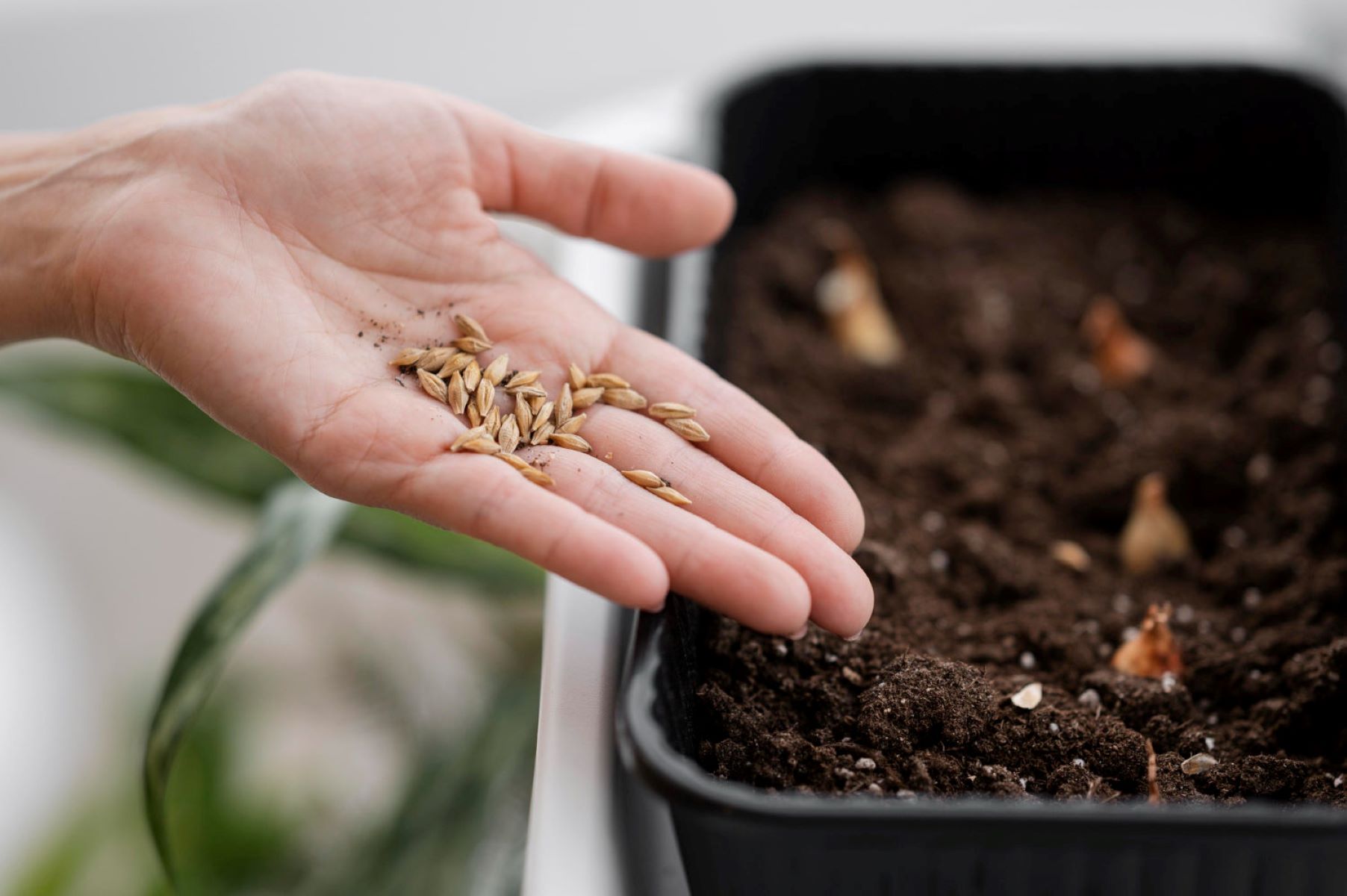
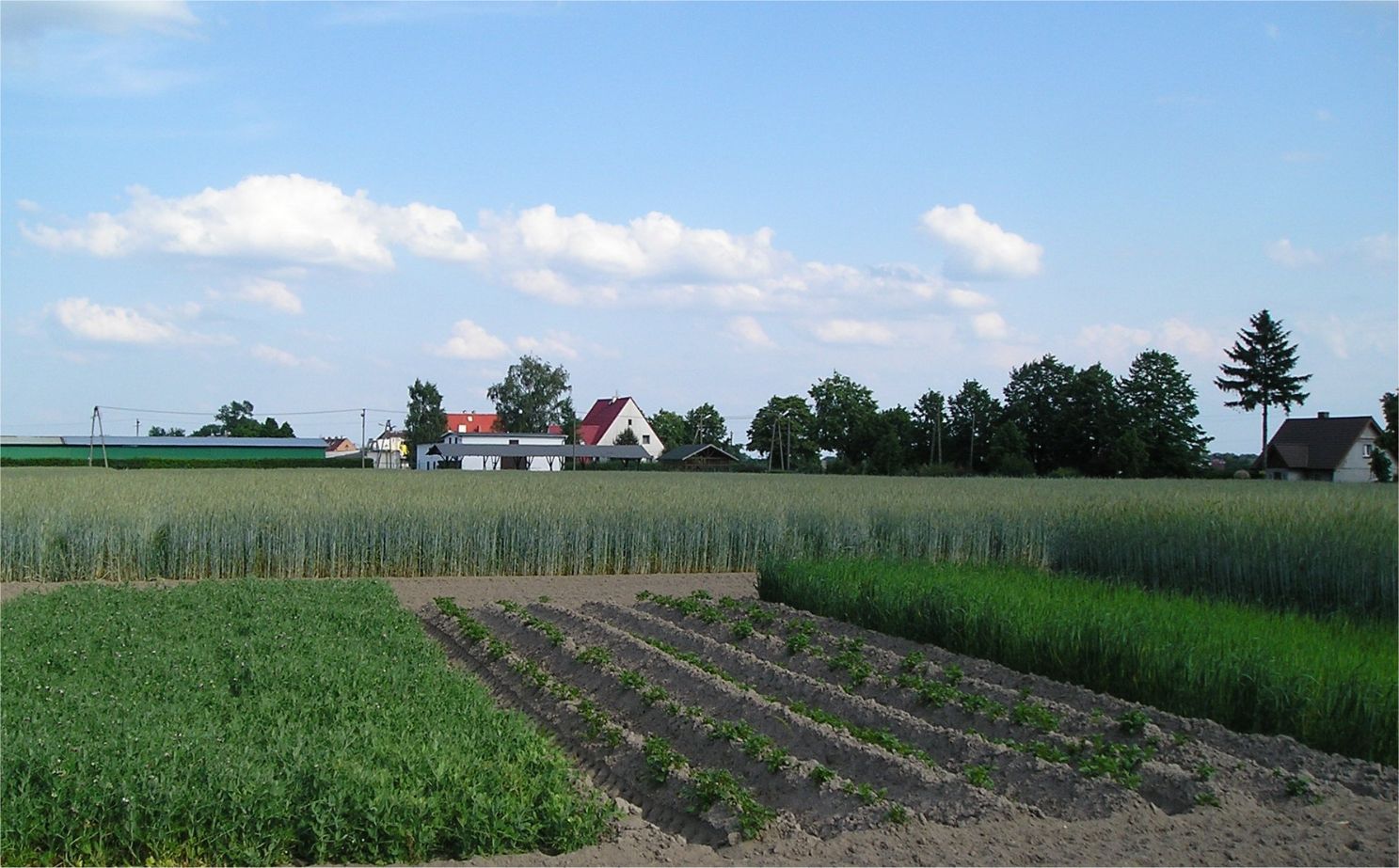
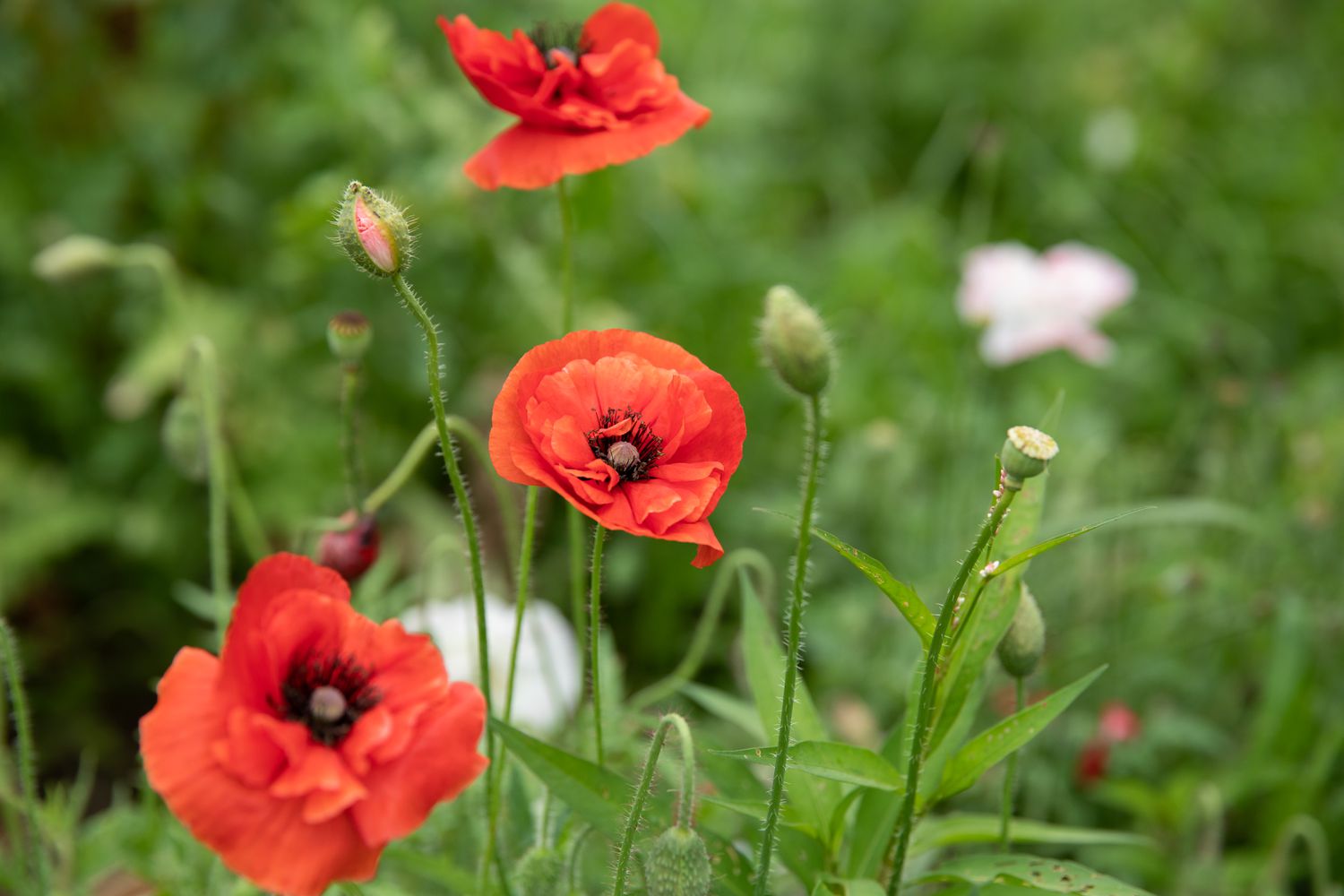
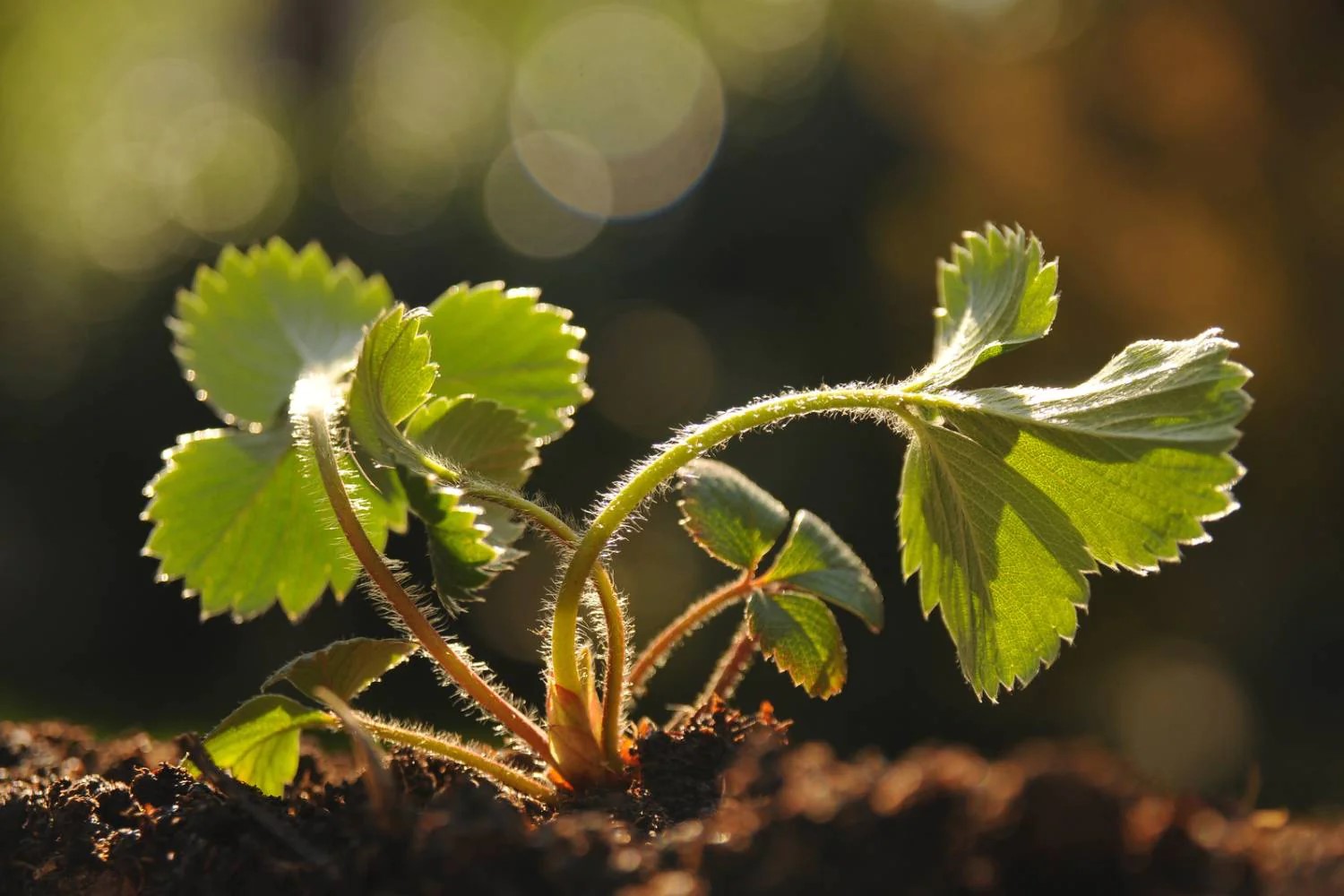
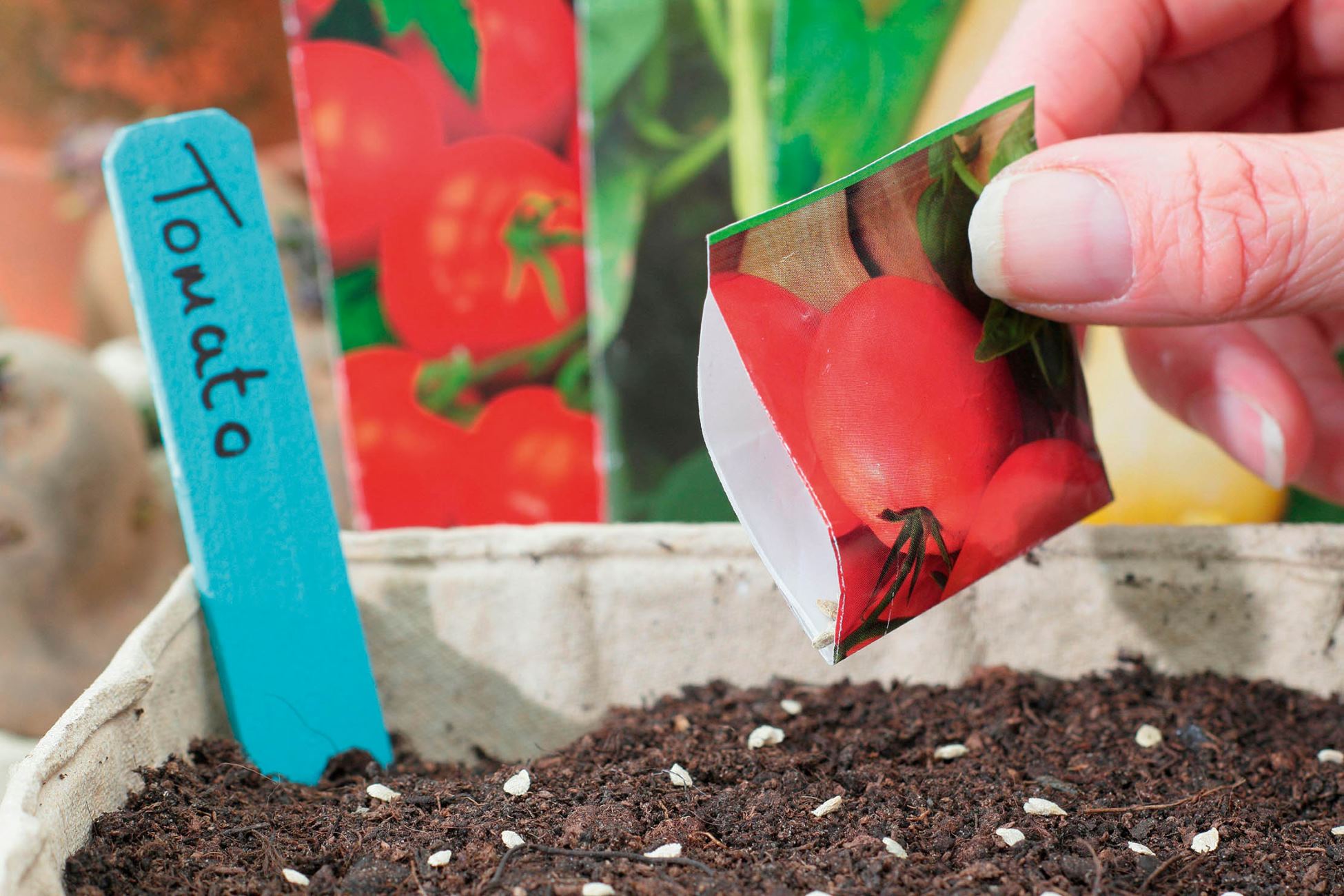
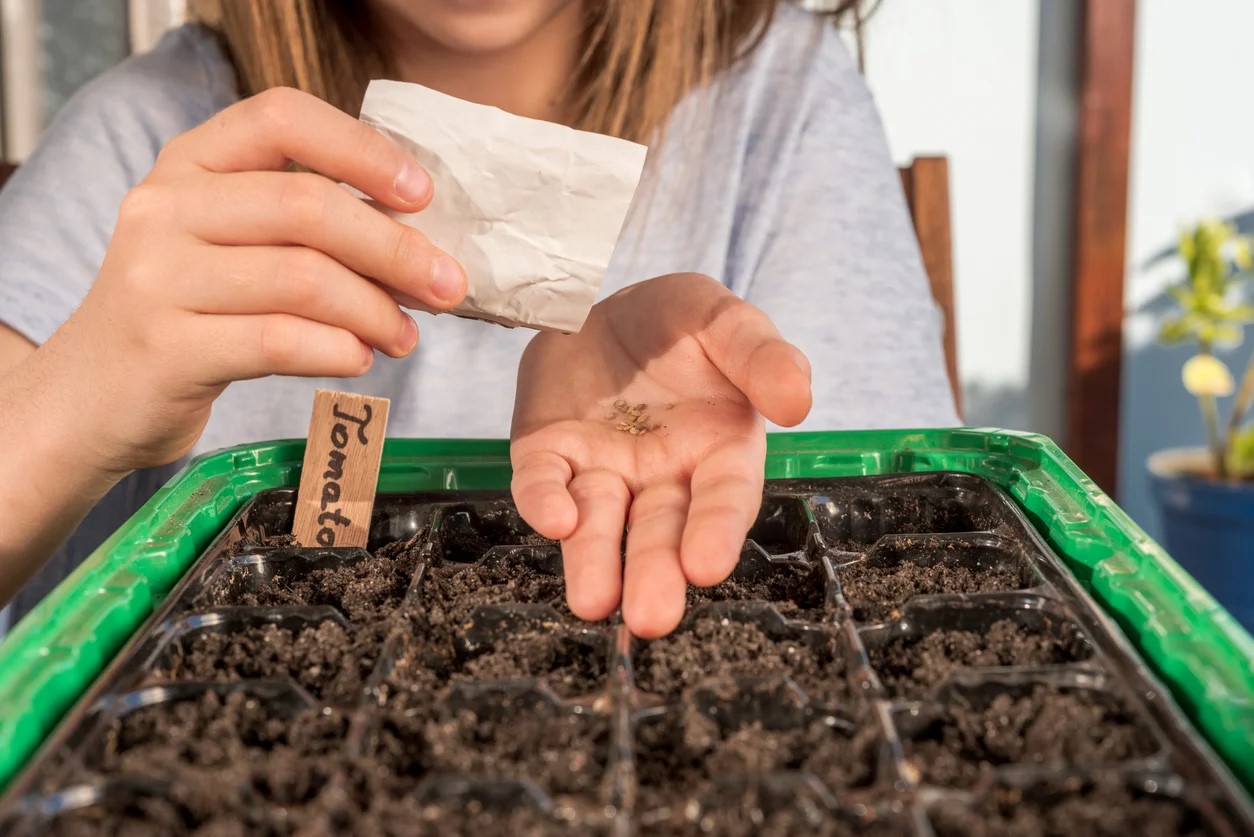
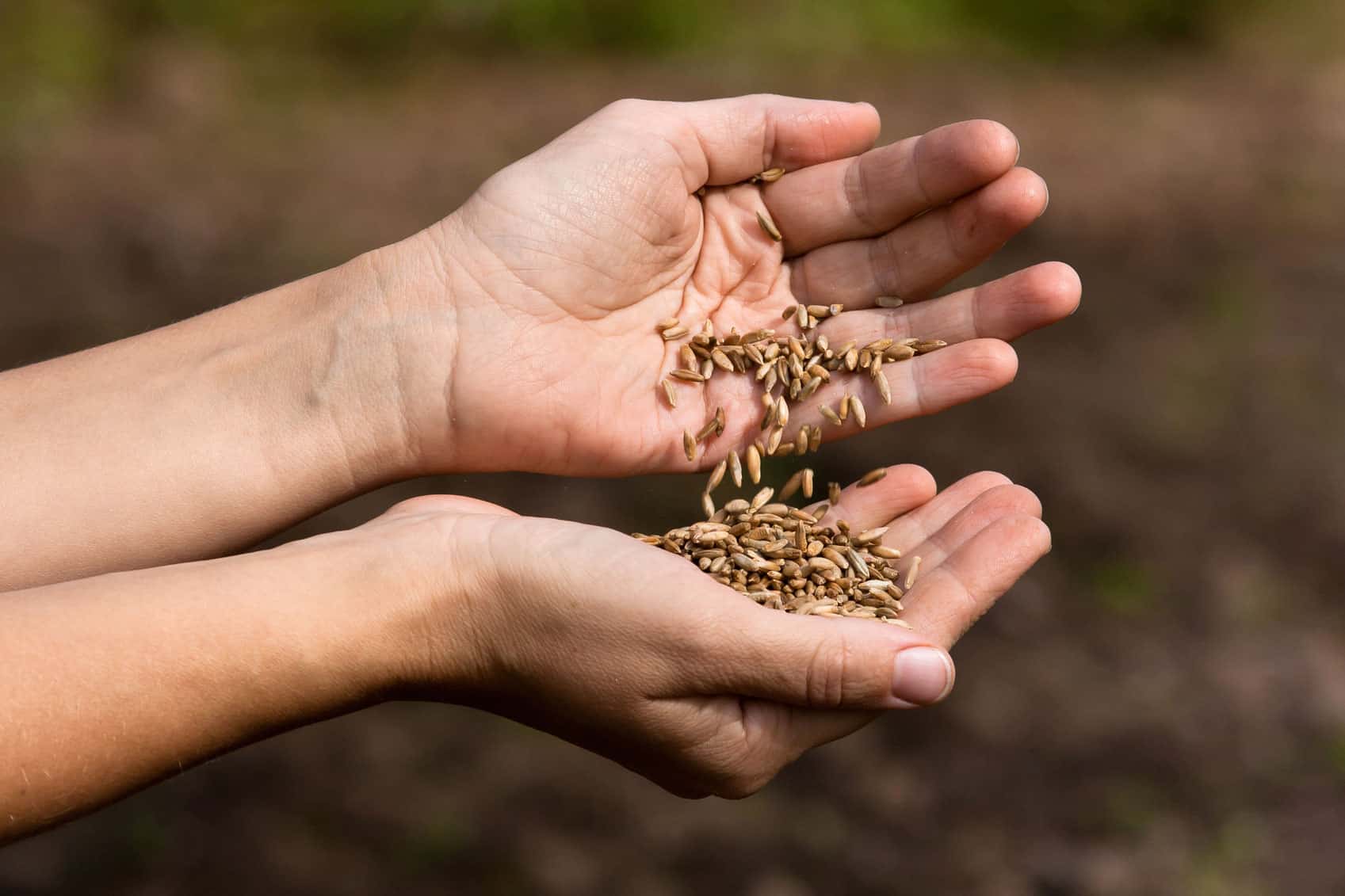
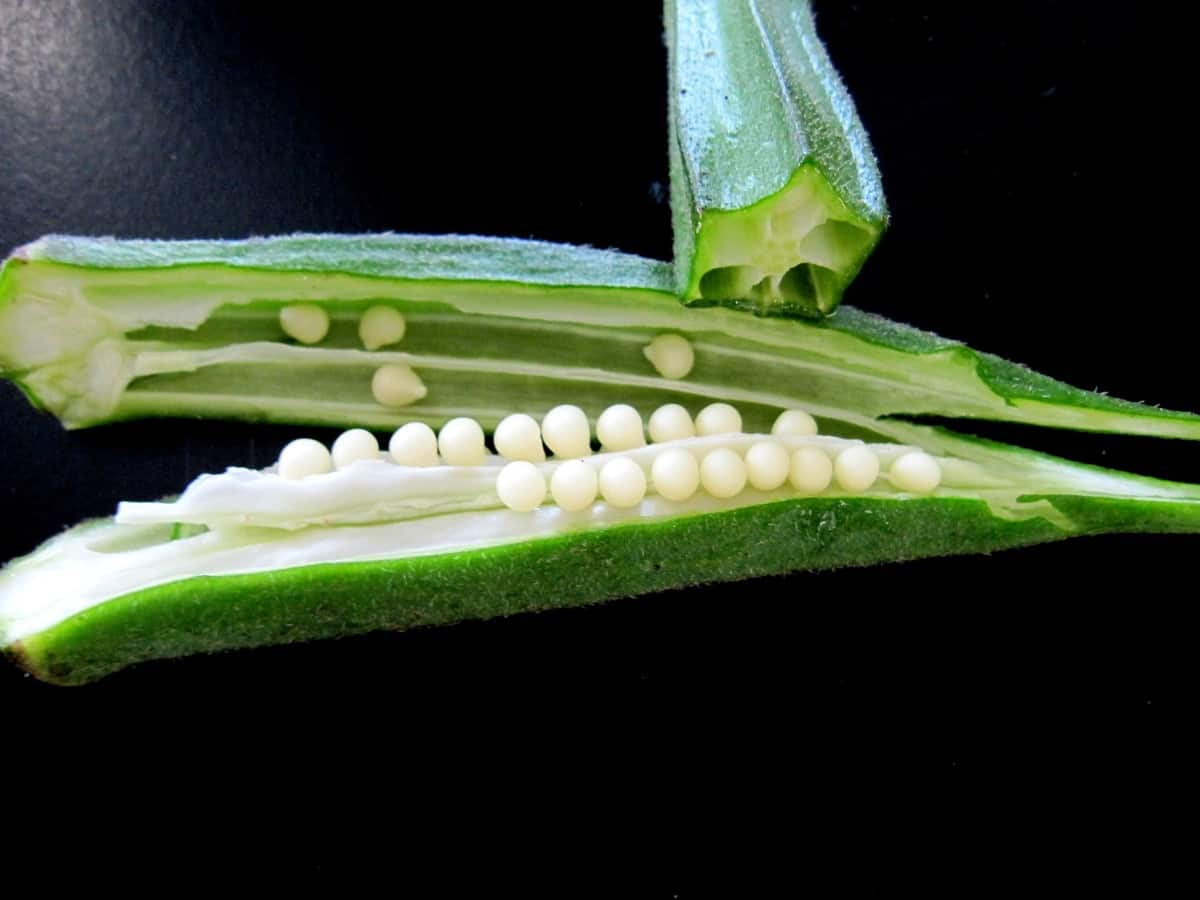
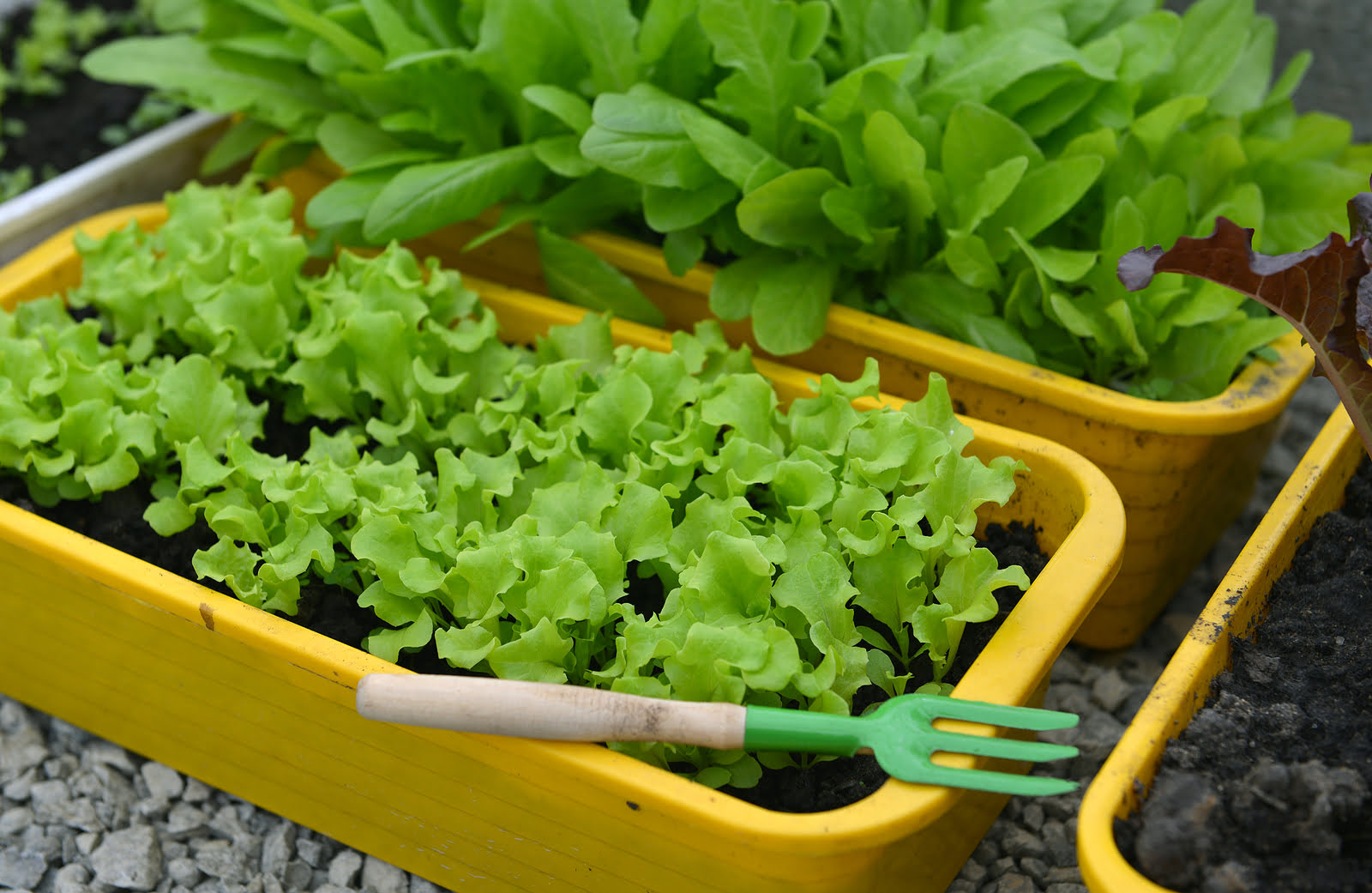
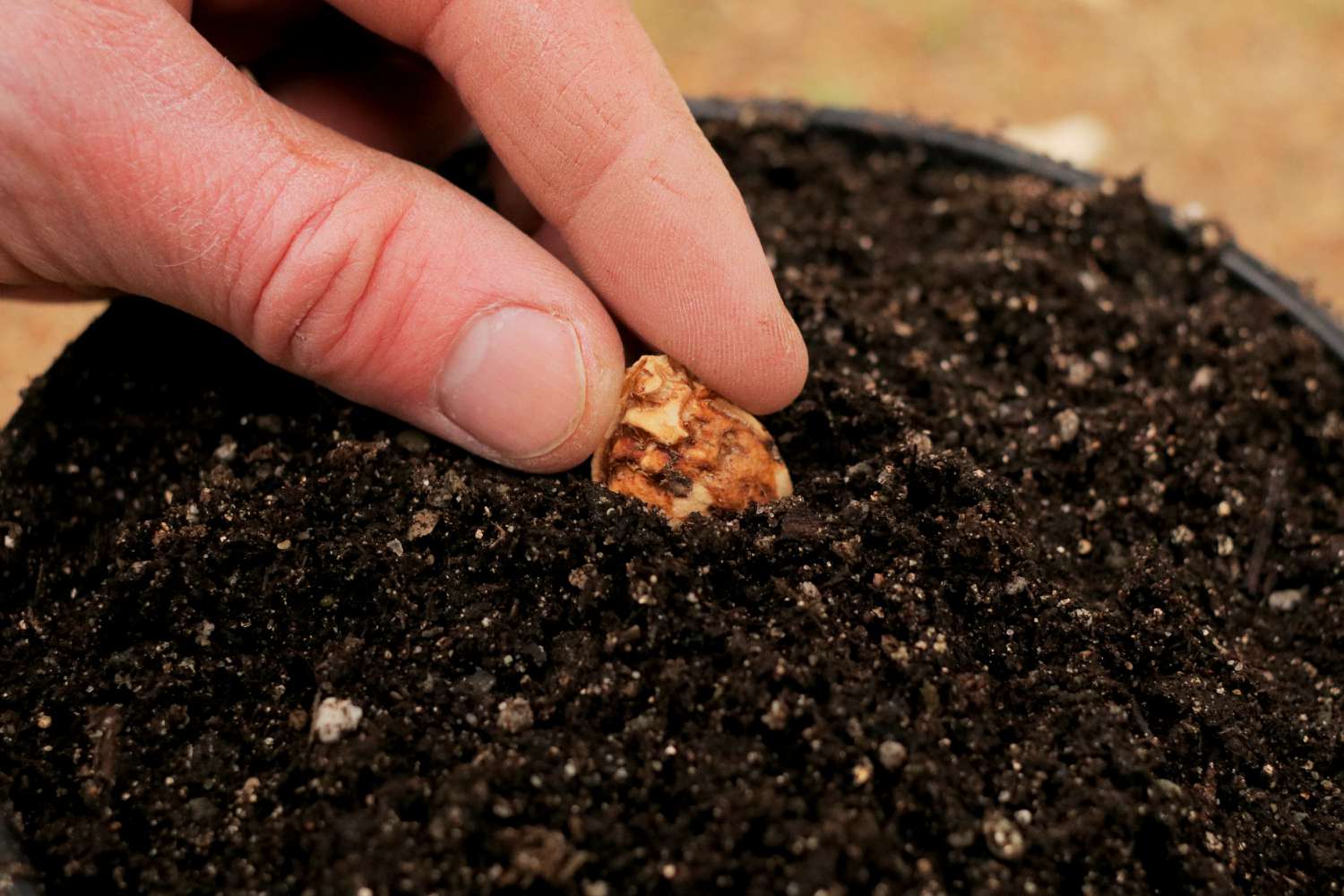
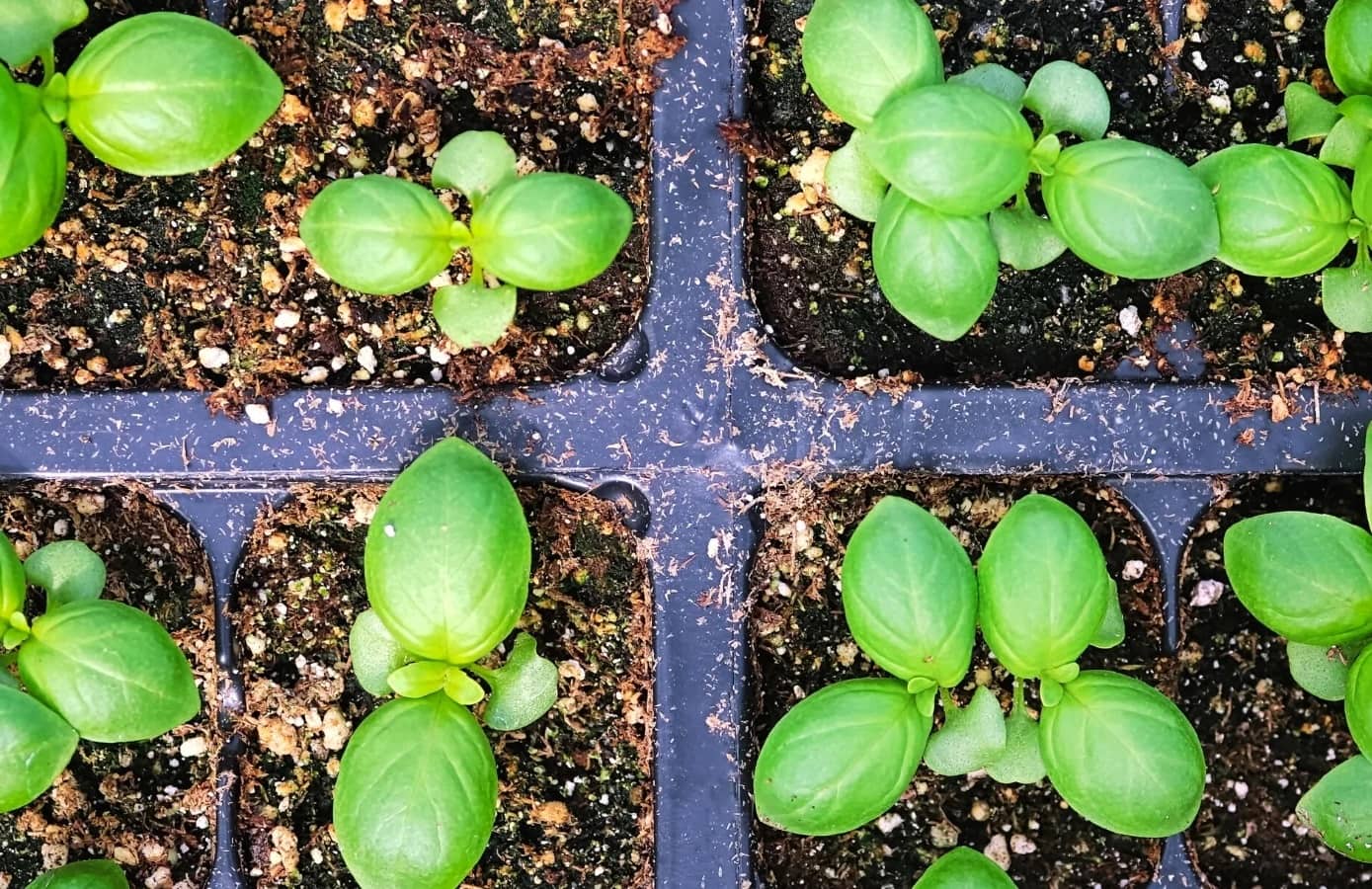
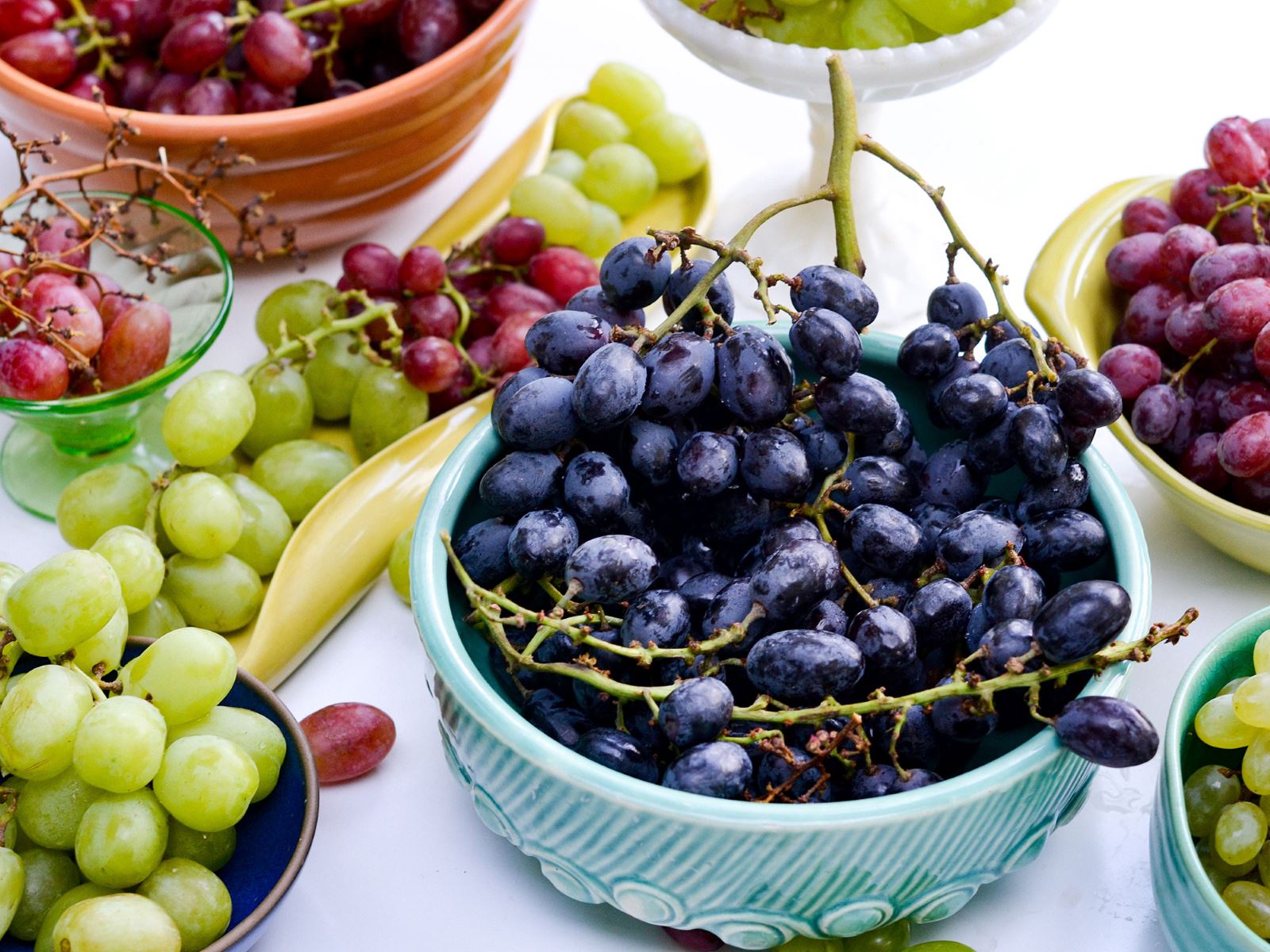
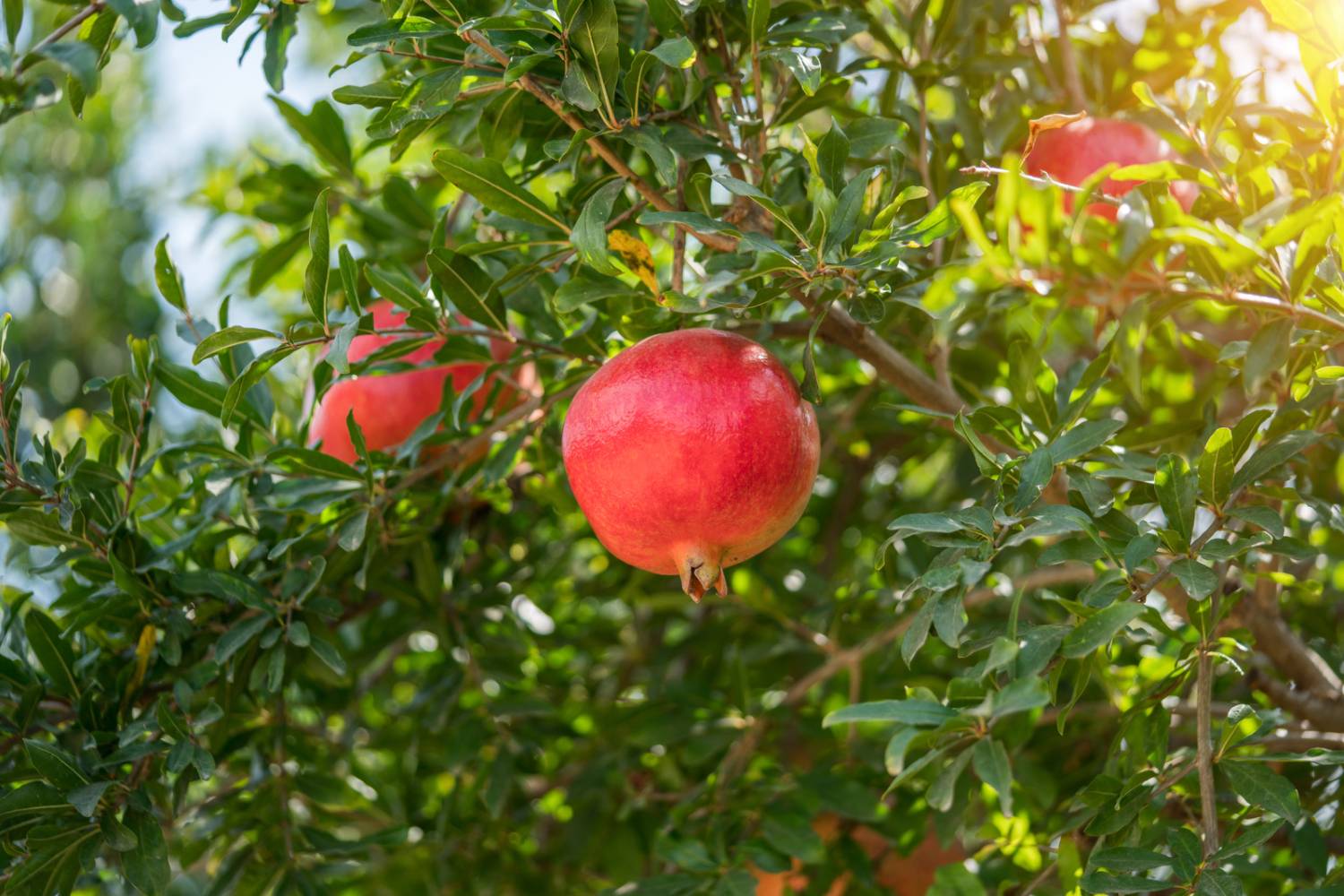

0 thoughts on “How Does The Reproduction Of Seedless Plants Differ From That Of Seed Plants”